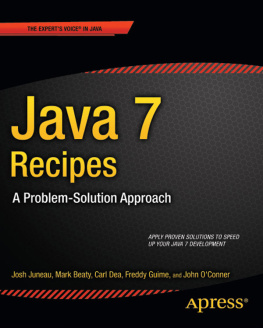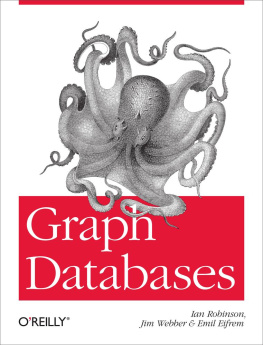Hewitt - Java SOA Cookbook
Here you can read online Hewitt - Java SOA Cookbook full text of the book (entire story) in english for free. Download pdf and epub, get meaning, cover and reviews about this ebook. City: Sebastopol, Calif, year: 2009, publisher: OReilly Media, Inc, genre: Business. Description of the work, (preface) as well as reviews are available. Best literature library LitArk.com created for fans of good reading and offers a wide selection of genres:
Romance novel
Science fiction
Adventure
Detective
Science
History
Home and family
Prose
Art
Politics
Computer
Non-fiction
Religion
Business
Children
Humor
Choose a favorite category and find really read worthwhile books. Enjoy immersion in the world of imagination, feel the emotions of the characters or learn something new for yourself, make an fascinating discovery.

Java SOA Cookbook: summary, description and annotation
We offer to read an annotation, description, summary or preface (depends on what the author of the book "Java SOA Cookbook" wrote himself). If you haven't found the necessary information about the book — write in the comments, we will try to find it.
Java SOA Cookbook offers practical solutions and advice to programmers charged with implementing a service-oriented architecture (SOA) in their organization. Instead of providing another conceptual, high-level view of SOA, this cookbook shows you how to make SOA work. Its full of Java and XML code you can insert directly into your applications and recipes you can apply right away. The book focuses primarily on the use of free and open source Java Web Services technologies -- including Java SE 6 and Java EE 5 tools -- but youll find tips for using commercially available tools as well. Java SOA. Read more...
Abstract: Chapter 2. XML Schema and the SOA Data Model; 2.0 Introduction; 2.1 Designing Schema for SOA; Problem; Solution; Russian Doll; Salami Slice; Venetian Blind; See Also; Garden of Eden; 2.2 Creating Canonical Data Model; Problem; Solution; Discussion; Defining the canonical data model; Recommendations; Updating the canonical data model; See Also; 2.3 Using Chameleon Namespace Design; Problem; Solution; 2.4 Versioning Schemas; Problem; Solution; Discussion; Use the version attribute; Hack the root element; Change the name or URI of the schema document.
Java SOA Cookbook offers practical solutions and advice to programmers charged with implementing a service-oriented architecture (SOA) in their organization. Instead of providing another conceptual, high-level view of SOA, this cookbook shows you how to make SOA work. Its full of Java and XML code you can insert directly into your applications and recipes you can apply right away. The book focuses primarily on the use of free and open source Java Web Services technologies -- including Java SE 6 and Java EE 5 tools -- but youll find tips for using commercially available tools as well. Java SOA
Hewitt: author's other books
Who wrote Java SOA Cookbook? Find out the surname, the name of the author of the book and a list of all author's works by series.

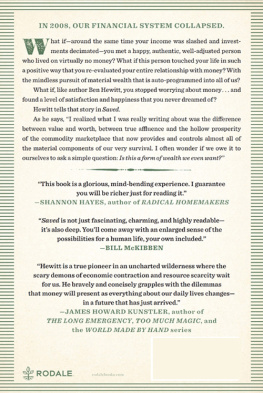
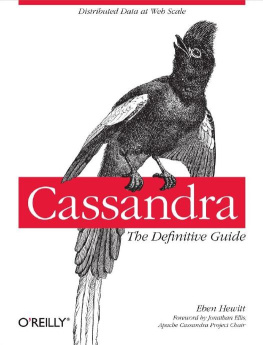




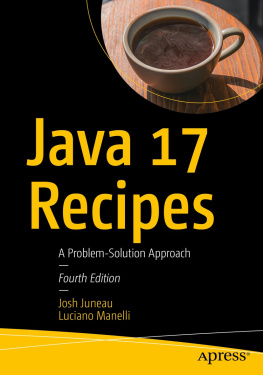
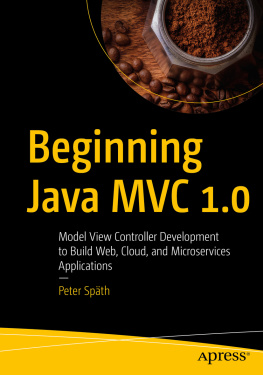

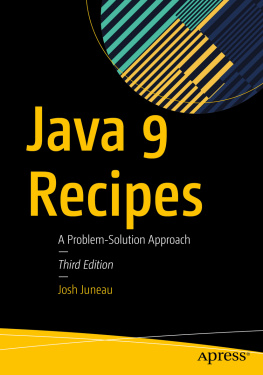
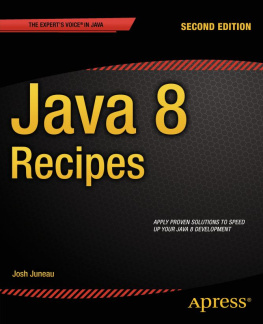
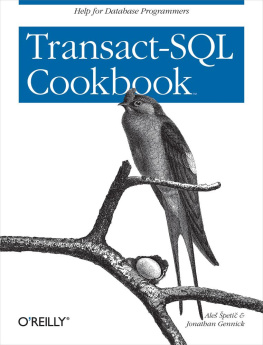

![Josh Juneau [Josh Juneau] - Java 9 Recipes: A Problem-Solution Approach, Third Edition](/uploads/posts/book/119388/thumbs/josh-juneau-josh-juneau-java-9-recipes-a.jpg)
